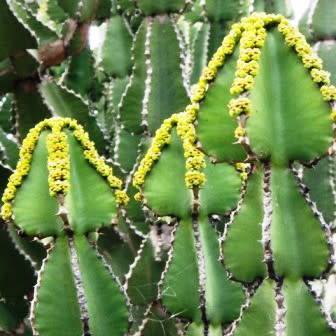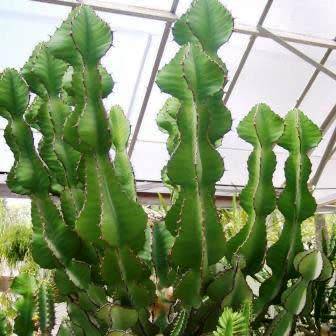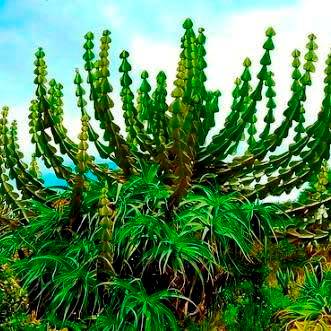.jpg)






.jpg)




Euphorbia cooperi - 5 Seed Pack - Bushveld Candelabra Tree Indigenous Succulent
Check my rate
| Main centres: | 1-3 business days |
| Regional areas: | 3-4 business days |
| Remote areas: | 3-5 business days |
.jpg)






.jpg)




| Main centres: | 1-3 business days |
| Regional areas: | 3-4 business days |
| Remote areas: | 3-5 business days |

Euphorbia cooperi Seeds
Bushveld Candelabra Tree
.jpg)
Euphorbia is a genus of flowering plants belonging to the family Euphorbiaceae. Consisting of 2008 species, Euphorbia is the fourth largest genus of flowering plants. The family is primarily found in the tropical and subtropical regions of Africa and the Americas, but also in temperate zones worldwide. Succulent species originate mostly from Africa, the Americas and Madagascar. The common name "spurge" derives from the Middle English/Old French espurge ("to purge"), due to the use of the plant's sap as a medicinal purgative. The plants are annual or perennial herbs, woody shrubs or trees. Many species are more or less succulent, thorny or unarmed. The main stem and mostly also the side arms of the succulent species are thick and fleshy. In the genus Euphorbia, succulence in the species has often evolved divergently and to differing degrees. Sometimes it is difficult to decide, and it is a question of interpretation, whether or not a species is really succulent or "only" xerophytic. In some cases, especially with geophytes, plants closely related to the succulents are normal herbs. About 850 species are succulent in the strictest sense. If one includes slightly succulent and xerophytic species, this figure rises to about 1000, representing about 45% of all Euphorbia species. Smaller Euphorbias make excellent potted plants while larger species are valuable landscaping plants. Euphorbia cooperi commonly known as Bushveld Candelabra Euphorbia is an indigenous succulent tree up to 7 m tall, with conspicuous candelabra-like branches. This spiny, succulent tree has a naked, grey trunk, up to 3 m high. Round holes on the trunk indicate where old branches have fallen off. Branches (succulent leaves) are conspicuously 4- to 6-winged and resemble a chunky string of beads. The triangular segments are 50-150 x 120 mm. The spines form a spiky margin along each ridge on the branches. Spines are found in pairs and are usually 5 to 7 mm long. The yellowish green, bisexual flowers, which are clustered along ridges between the spines, are found in groups of 3 cymes (flower formed at the tip and subsequent ones formed below) situated towards the tips of the branches. Flowering time is during spring.

